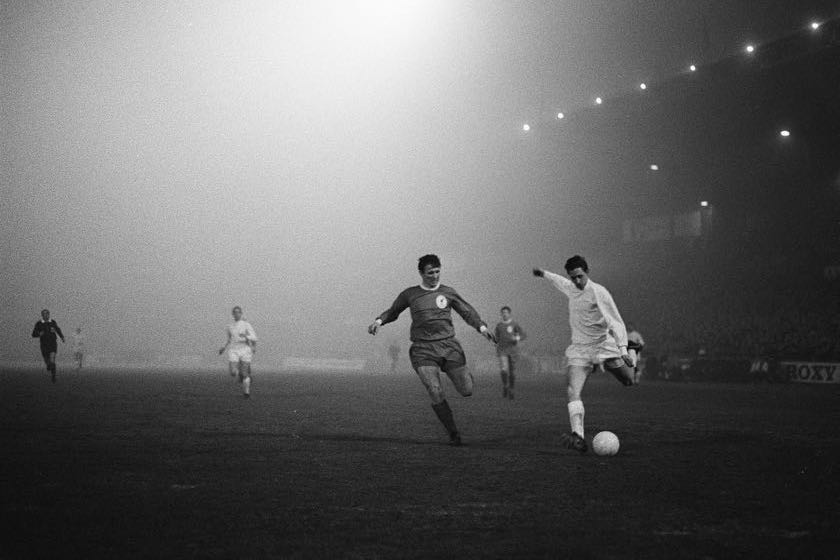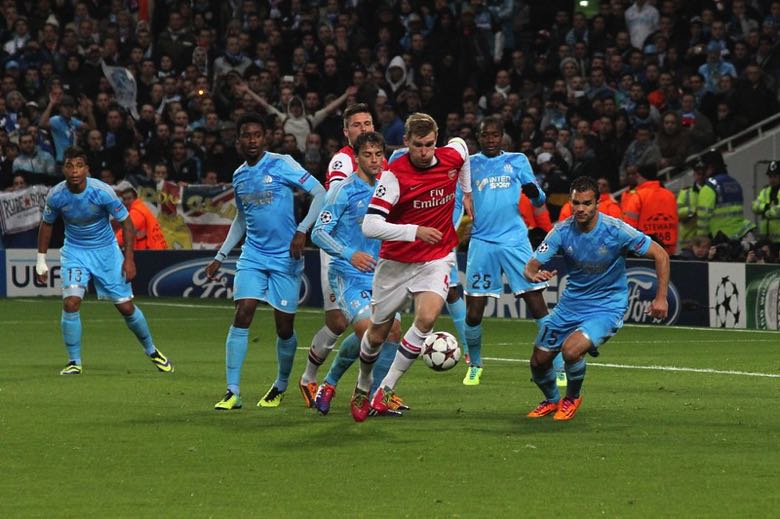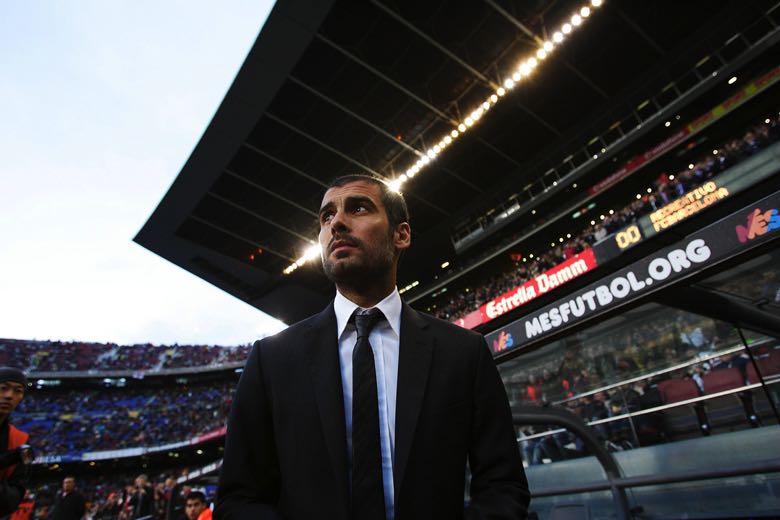With football now being a professional sport for more than a century, it is no surprise to learn that the sport has undergone more than one tactical revolution over the years. From five strikers to two to one and even none, thinking back to Barcelona’s successful ‘false nine’ experiment, there has been so many different variations of the same theme in the post-war years in particular.
One of the constants throughout the beautiful game, however, has been the presence of defenders in wide areas. These are typically full backs that play alongside the same line as their fellow central defenders, or wing backs who have more freedom to kick on and bomb forward. But even that ubiquitous role in football has been modified in recent times, with the modern era’s chief agent of chaos – Pep Guardiola – implementing inverted full backs in his tactics at both Bayern Munich and Manchester City….with great success, it should be said.
Others have come along and tried to emulate the Spaniard – imitation is the sincerest form of flattery, and all that, with even his ‘frenemy’, Jürgen Klopp, adopting the strategy with his talisman, Trent Alexander-Arnold. So, what are inverted full backs and what do they actually do?
Who Invented Inverted Full Backs?

Younger pundits and writers often attribute tactical revolutions to Pep, who has long enjoyed a habit of implementing strategies that have been aped elsewhere and become a sort of ground zero for football. But the much-imitated Guardiola is actually an imitator himself, nicking the idea for inverted full backs from a sometime mentor of his, Johan Cruyff.
Cruyff, famously the head coach of Barcelona and the Dutch national team, is thought to be the first to use inverted full backs at the elite level during his time with the Catalan outfit. In his 4-3-3 set-up, he would instruct one of his full backs to move forward and centrally into midfield when the ball was on the other flank – that would free up one of the other midfielders to bomb forward.
It would also create one of football’s other modern tactical phenomena – the double pivot in midfield, while creating the much-loved overload with a ‘box’ of four midfielders centrally typically enjoying a numerical advantage over their opposition.
Which Managers Use Inverted Full Backs?
When Pep first took over at Manchester City at the start of the 2016/17 season, pundits and fans couldn’t believe their eyes when he implemented his inverted full back system for the first time – they’d never seen anything quite like it. Some called it genius, others madness – the fact that City went trophy-less in that first season under Pep’s guidance perhaps speaks volumes.
But it wouldn’t belong before his players got to grips with his tactical demands, and the haul of trophies they have won since – with the inverted full back policy used sporadically throughout Pep’s tenure – would suggest the Spanish visionary was right all along.
As mentioned, Klopp has introduced his own take on the inverted full back set-up in recent times, although rather than being flexible like Cruyff and Pep, his system is more fixed with Alexander-Arnold given the freedom to roam centrally while Andy Robertson, the left back, ordered to stay wide. The right-sided centre back also pulls wider to cover for the England international’s expressionism.
During the 2023/24 season, Tottenham boss, Ange Postecoglou, also deployed inverted full backs – given his left-sided defender, Destiny Udogie, almost carte blanche to charge forward. At times, he has been the furthest player forward for his team.
What Do Inverted Full Backs Do?

In days of yore, full backs had one job and one job only – to defend in wide areas against the opposition’s winger. Then, as tactics became more fluid, the full back was allowed to roam forward more – albeit sticking close to the touchline to provide their side with width in their attacking play.
The inverted full back’s role is the polar opposite: they shuffle forward into midfield but centrally, creating those overloads we’ve already mentioned and affording more attack-minded players extra peace of mind that they can push forward with insurance in place behind them.
One of the challenges for the inverted full back comes in a defensive sense, with important decisions to be made – especially in transition when the opposition team has won the ball back. Will they stay central in a bid to snuff out any counter-attack that’s forthcoming, or return (quickly) to their normal wide positioning. For teams playing against sides with an inverted full back, this is an area they will look to exploit.
Why Do Teams Play with Inverted Full Backs?
One of the reasons that football managers try to reinvent the wheel is manipulation – the art of manipulating their opponents, unsettling them and creating positional supremacy in key areas of the pitch. It is not that long ago that most teams, in English football at least, played rigid 4-4-2 systems – in that sense, the best team on the day would win, because there were no points of difference between the sides.
So, by deploying tactics that might be considered somewhat left-field, like inverted full backs, a coach can control the game by dictating the minutiae of the action; Man City’s success is no surprise with Pep at the helm and the open chequebook of the club’s owners also helps, of course.
Who Are the Best Inverted Full Backs in World Football?

Given that Pep Guardiola is the premier operator of the inverted full back system, it’s no surprise to learn that his charges past and present are amongst the top purveyors of the role. Philipp Lahm and David Alaba were Pep’s guinea pigs at Bayern Munich, and they performed the role masterfully – since then, Kyle Walker, Joao Cancelo and even Bernardo Silva have taken the slack up at Manchester City.
Alecander-Arnold is arguably the poster boy for inverted full back brilliance: he’s perhaps a better attacking player than he is defensively, bringing technical expertise and an astonishing range of passing in those central areas. On the continent, Eduardo Camavinga has been a revelation in the role for Real Madrid, while African Player of the Year nominee Achraf Hakimi, Denzel Dumfries and Cancelo continue to revolutionise the position.

